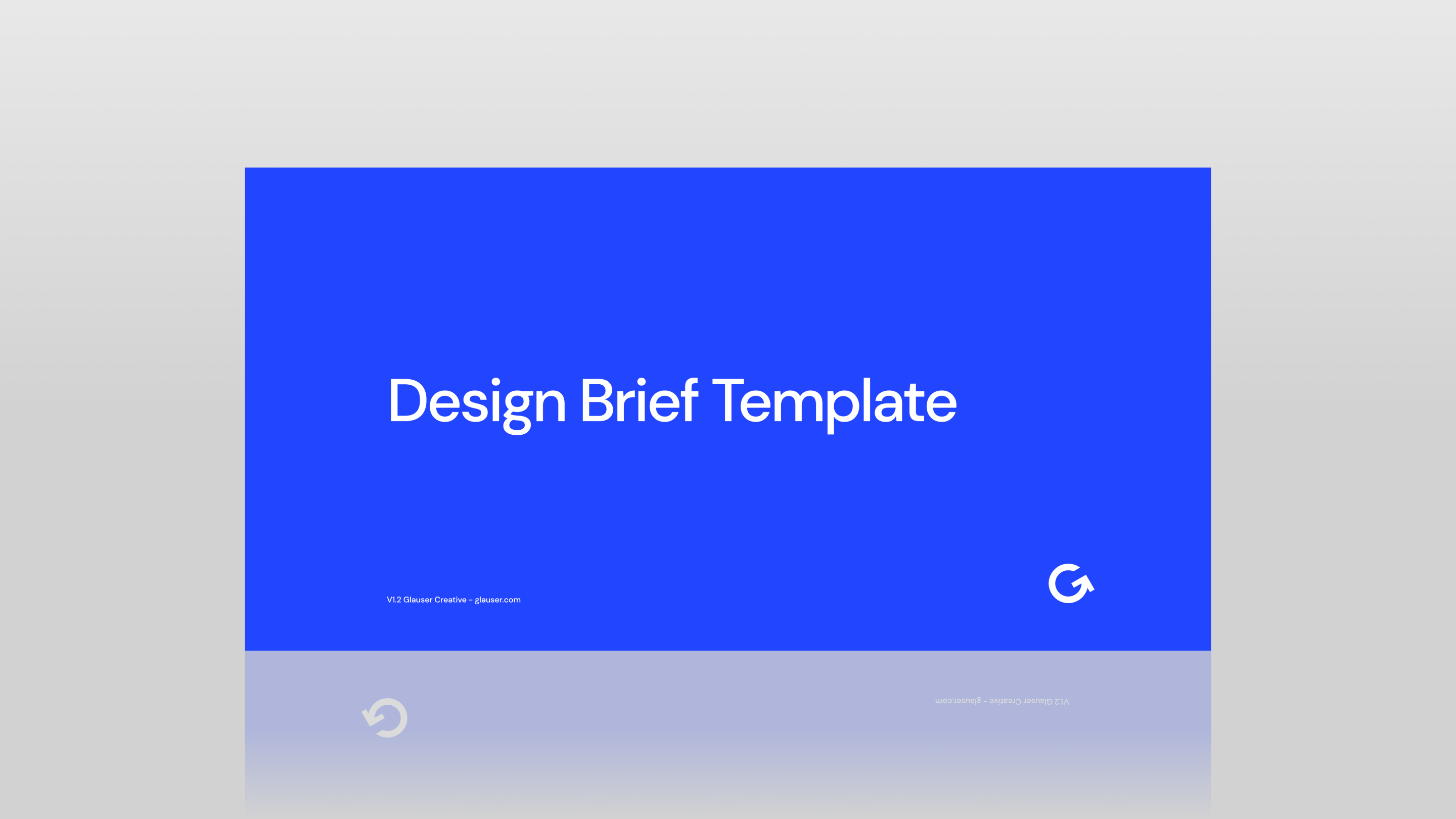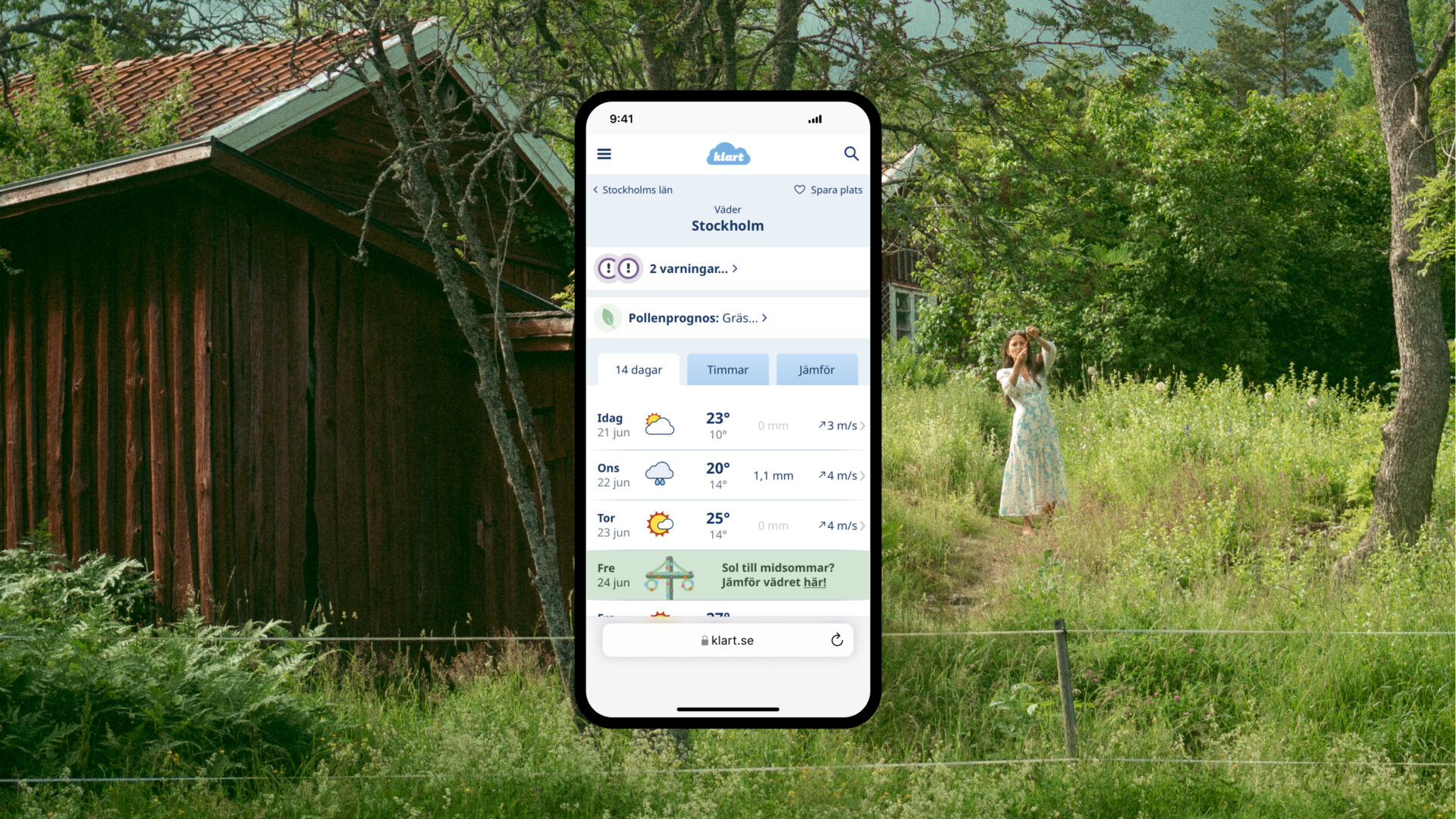
Get a free design brief template to start your next project
You never regret having made a design brief. Starting a project in the right way can be crucial for success.
It doesn’t matter if you are a designer, project manager at an agency or the client. Don’t skip the brief.
Read more about How to write a design brief – and why you should have one
To help you get started with writing a brief I have created a brief template that you are free to use as you like.
Just duplicate the project on Figma and start making your own brief. You won’t regret putting the time in.
👉 Get the Free Template on Figma
Design brief template summary
- Write the client and brand
- Type a summary of what you want to accomplish
- Describe the background
- Who are you targeting?
- What should be delivered?
- Are there any requirements?
- What is the ultimate goal?
- Timeline for the project
- People involved
- And maybe what makes the biggest difference, what is your budget for this?
A closer look at the components of a design brief
Project overview
Start with an elevator pitch for your project. This should be a crisp paragraph that sums up what the project is about, who it’s for, and what you hope to achieve. Think of it as the North Star for your project, guiding every decision made.
Objectives
Define what success looks like by setting SMART objectives. For instance, “Increase website traffic by 30% within six months” gives your team a clear target and allows you to measure progress effectively.
Target audience
Understanding your audience is crucial. Detail their demographics, behaviors, needs, and how your project solves a problem for them. This ensures your design speaks directly to those you aim to serve.
Budget and timeline
Be transparent about your budget and timeline constraints. This helps in managing expectations and planning resources wisely. If unsure, outline best-case and worst-case scenarios to allow some flexibility.
Branding guidelines
If your project falls under an existing brand, include guidelines to ensure consistency. Detailing color schemes, typography, and tone of voice can help designers stay true to your brand identity.
Success metrics
Define how you’ll measure the project’s success. Whether it’s through user engagement, sales, or customer feedback, having clear metrics in place helps in evaluating the project’s impact.
👉 Get the Free Template on Figma


